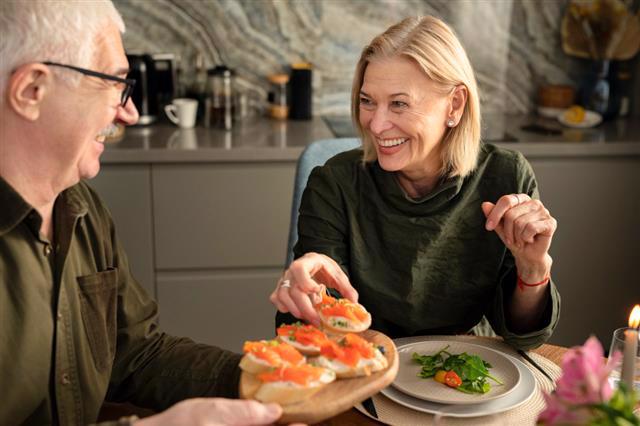Latest news from the Tast’age initiative – Newsletter #6
How do we equip professionals with the skills and training needed to improve nutrition and prevent malnutrition in older adults? Our answer is Tast’Age. Through this initiative, we have designed and developed innovative training resources in nutrition, practical guides for healthy eating in later life, and concrete solutions to combat malnutrition.
WHY TAST’AGE?

Tast’Age was created to address one of the most pressing challenges confronting Europe’s rapidly ageing population. Recent studies have revealed the worrying statistic that 53% of Europe’s population over the age of 65 is at risk of malnutrition (Keller et al., 2013) and dehydration (Hooper et al., 2015; Weinberg et al., 2023), with direct consequences on health and quality of life. To address this, a consortium of seven associations from across Europe—including Romania, Greece, France, Portugal, and Spain—has joined forces to create innovative solutions to the pressing issue of senior adults’ malnutrition.
Through this transnational initiative, we’re empowering senior‑care professionals with hands‑on training and an intuitive digital toolbox, so they can proactively prevent and reduce malnutrition risks among the older adults they serve.
BUILDING A BLUEPRINT FOR HEALTHY AGING
Based on existing studies and our partner’s experience working with healthcare professionals in senior care facilities, several key issues became clear.
Early in our research, we found a significant gap between recommended nutrition guidelines for older adults and the daily practices of healthcare staff when it comes to providing proper meals and mealtime conditions.
We also noticed that many senior care staff members seemed to lack knowledge about important topics, such as nutritional values, how nutrition relates to certain health issues or medications, and how to treat malnutrition when it happens.
Finally, we identified a need for an open-source digital database that brings together existing information on nutrition and well-being for older adults.

THE TAST’AGE INNOVATIVE RESOURCES
To address these needs we have developed easy-to-follow training modules for our targeted groups, on themes spanning from nutritional recommendations and the role of caregivers in nutrition, to food systems and the environmental considerations of eating.
During our training sessions, we have also touched on the social and affective aspects of nutrition, such as the effects of isolation and loneliness, as well as the influence of social inequalities and incomes on the malnutrition of an ageing population.
Following this strategy, we have created a “best practice” digital toolbox in the form of an online database of resources (comprising articles, scientific papers, questionnaires, recipes) on the topics of healthy nutrition and senior care.

Responses